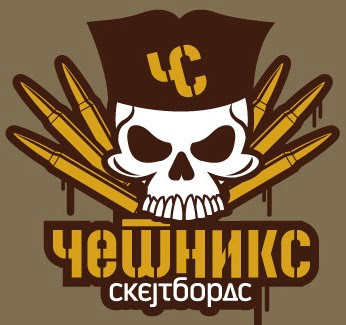I really like Kosovska Mitrovica, but it's rather difficult to write about it. I spent a very nice time in the northern part of the city, and I knew it would not be enough just to show you some pictures and to write how sad that the city is one of the last devided cities in Europe and that crazy thing happened and happens there. So I tried to put some hisotrical facts together to help the understanding of the odd situation now and to put my pictures in a different angle.
The city, that is one of the oldest settlements of Kosovo and Metohija (in those times the region belonged to Raska) was named after Saint Demetrius (Dimitrie Solunski with patron day on November 8th called Mitrovdan) in the 14th century and a church dedicated to him was built.
Inter-ethnic tensions continued to worsen in Kosovo throughout the 1980's. A high birth-rate in Albanian community and departing and diminuishing Serbian population changed the demography of the province and lead so to Milosevic’s 1989 reaction to reduce Kosovo’s special autonomy status in Serbia. Kosovo Albanians reacted with parallel structure (e.g. n medicine, education, taxations).
Kosovska Mitrovica was so divided in a Southern half (populated completely by ethnic Alanians, ca. 60'000 inhabitants) and a Northern part (populated by mostly Serbs, 13'000, plus other ethnic minorities like Muslims by Nationality, Turks and Roma.
The region is in a rather dead end situation that must be curbed by investments. But I would also say for that: even if there are attempts and studies made to solve the difficult ecconomic situation, it will not work, until the political wish on all sides is ripe.
Apart from the natural division created by the Ibar, North Mitrovica itself is being further divided between a Serbian section of the city (where also other minorities live like: Roma, Ashkali, Turks) and three neighborhoods - Bosnjacka Mahala, Tri Solitera, and Suvi Do - that are largely Albanian.
I would have like to post some pictures about Bosnjacka mahala, but just by aproaching the district (a cluster of old houses with a huge Albanian flag on the roof) just because we were sitting in a Serbian car some people started shouting at us, so it was not possible to take pictures. I can just tell: a scary situation!
Contact with the city's southern half (populated by Albanians) is also rare and hostile. Before crossing the bridge into that part we had to customize the car, to hide every possible sign of serbness or orthodoxy or we would have needed escort from KFOR.
Here is one building of Naselja "Tri Solitera" (the 3 skyscraper district) populated by Albanians and where earlier this year exploded some bombs. That's the only picture I could take from the albanian populated places.
N.B. This post is not an intention to implement that there are good ones and bad ones. I wish to show that you can not force people to get along if their basic believes are so different and if the roots of their disagreements are so settled. The situation is not created by the people itself (it's neither the Albanian population nor the Serbian). It's been heavily manipulated by imperialistic wishes of third parties, the ones that now make presure to these people to make peace, to get along nicely. The ones that dare to speak about multiethnicity in the KOSMET region. The ones that dare to say: we helped those people with the "humanitarian" mission: the NATO agression!
I would also like to mention two of very good impressions that have been recently writed about Kosovska Mitrovica:
Alessandro di Meo wrote this posts SOS Kosovo and KOSMET-è scattato l'allarme about his recent stay in KOSMET (in italian)
Gian Matteo Apuzzo worte a lot about divided cities, and here his post about Kosovska Mitrovica. Divisi dal ponte: Mitrovica,una città die mondi (in italian)


























































